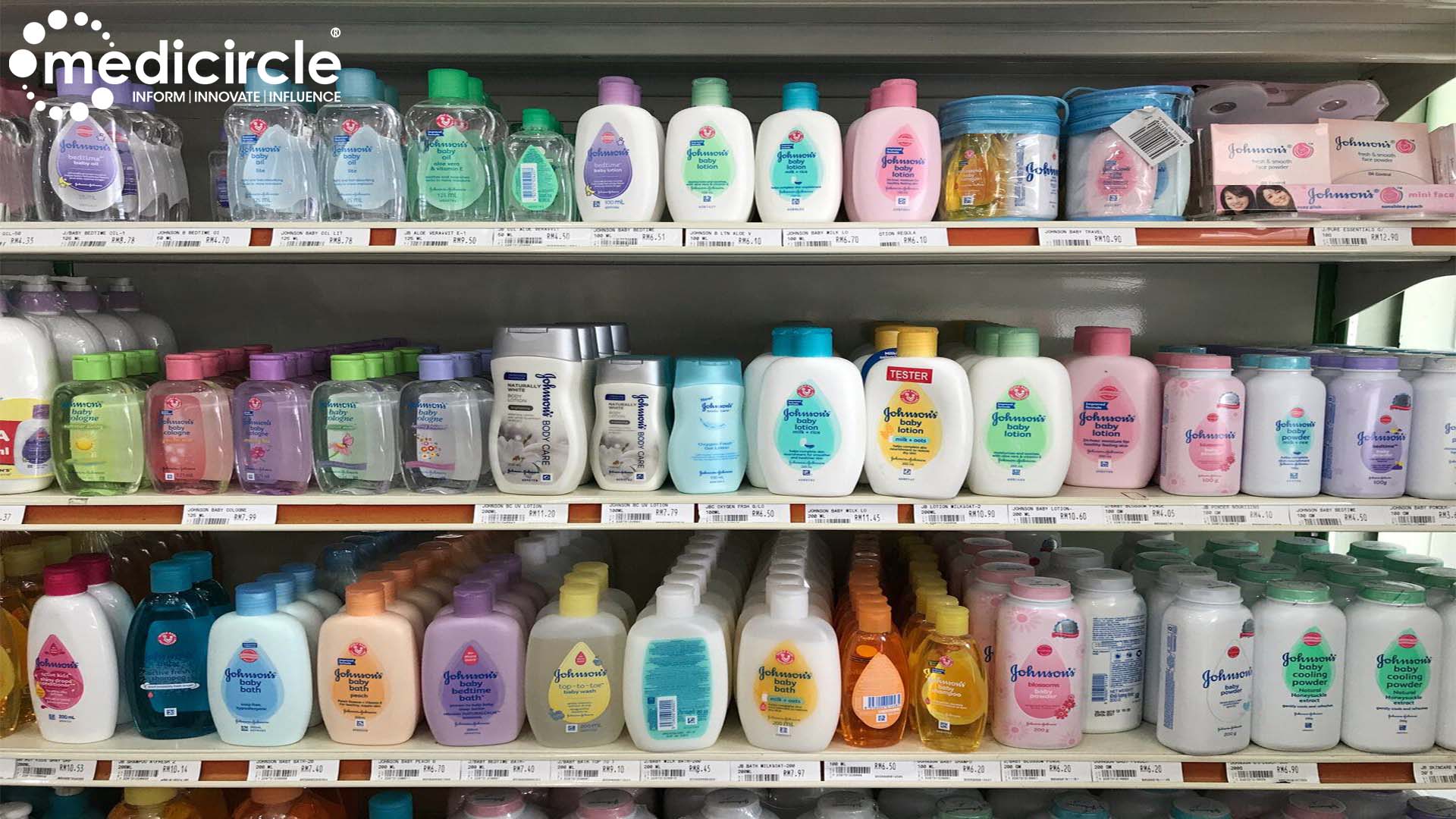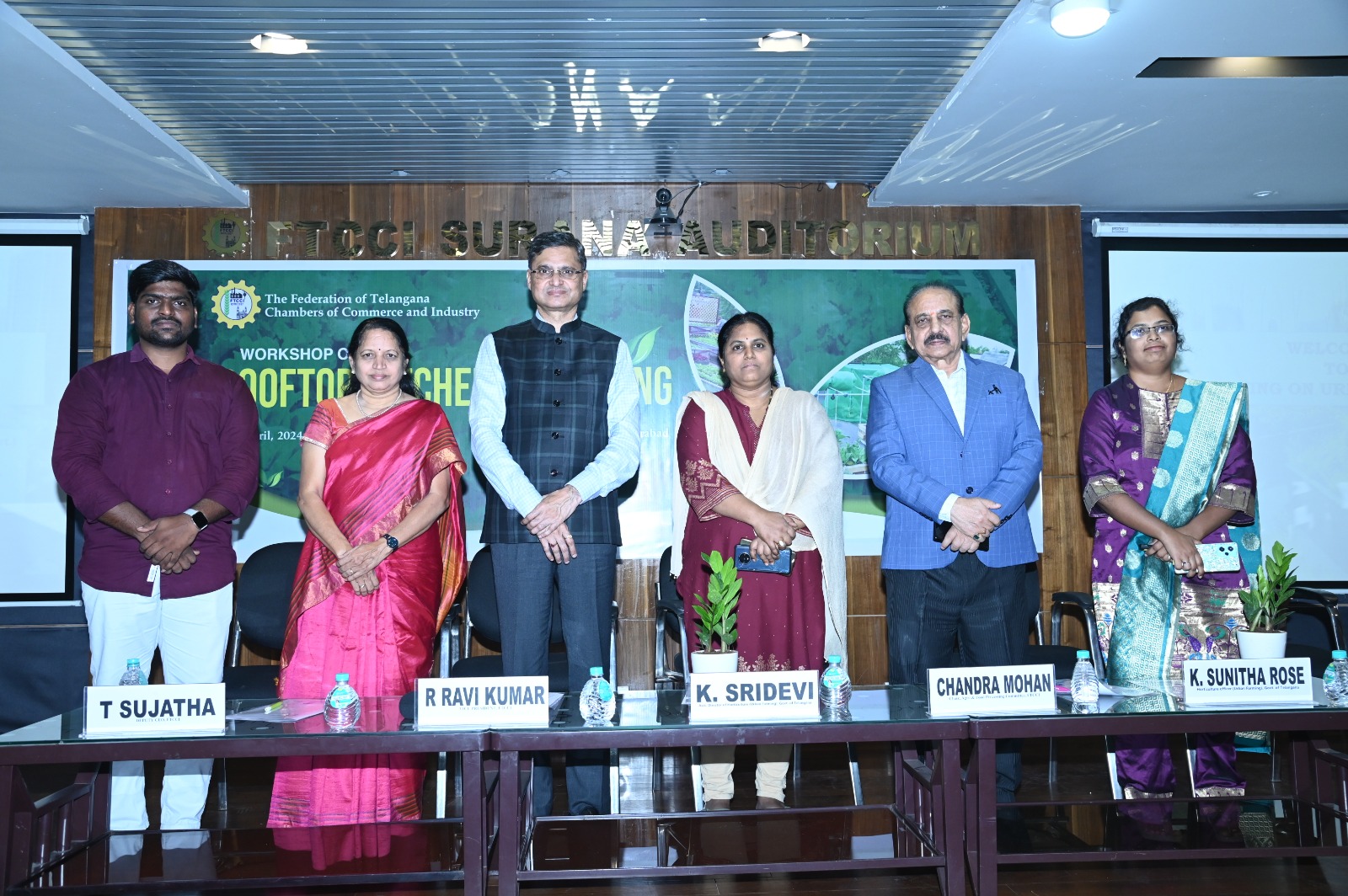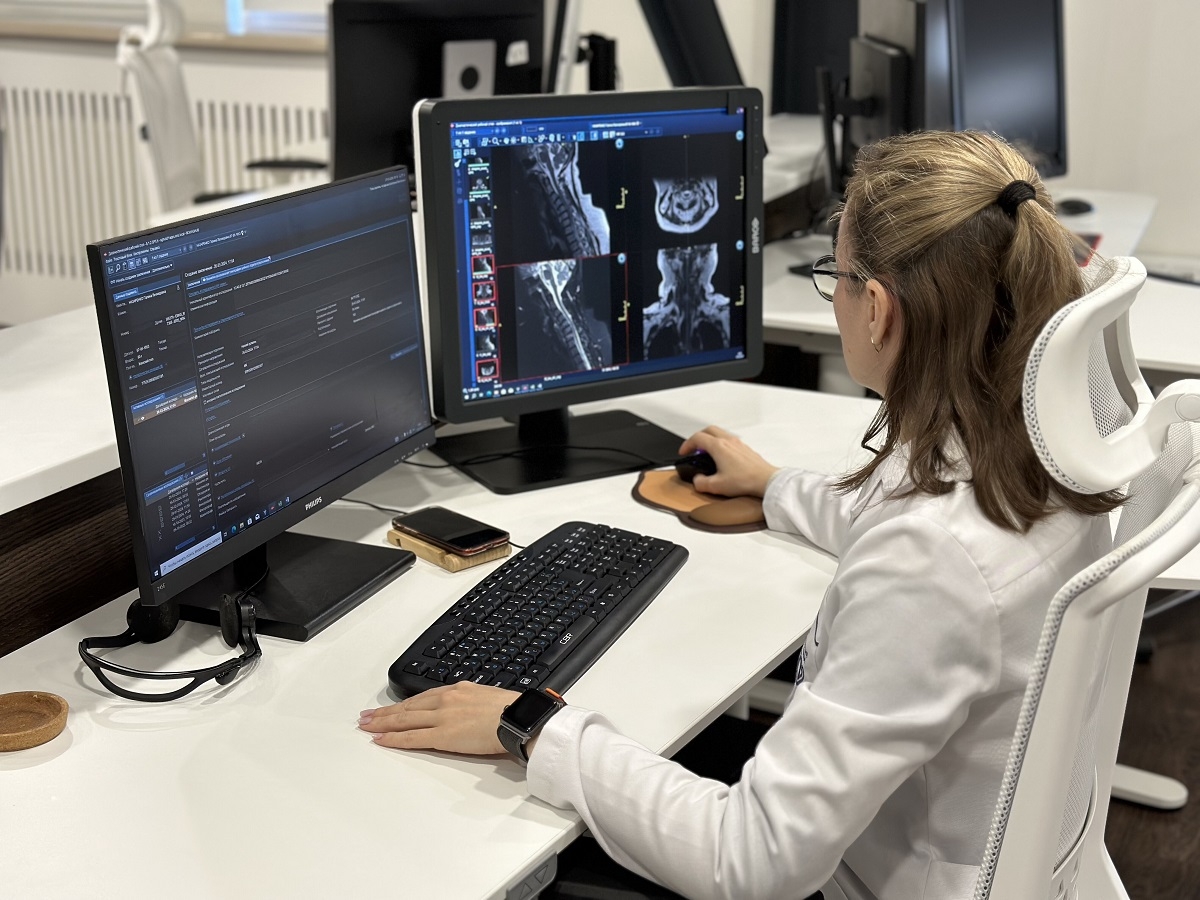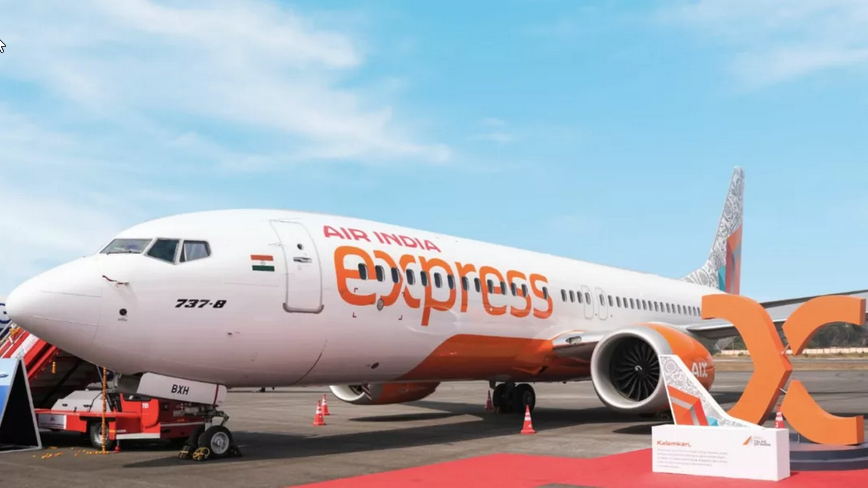The International Day of Sign Languages was first celebrated in 2018 as part of the International Week of the Deaf and has since evolved into a global movement of deaf unity and concerted advocacy to raise awareness of the issues deaf people face in their everyday lives. The proposal for the Day came from the World Federation of the Deaf (WFD), a federation of 135 national associations of deaf people, representing approximately 70 million deaf people’s human rights worldwide.
The choice of 23 September commemorates the date that the WFD was established in 1951. This day marks the birth of an advocacy organization, which has as one of its main goals, the preservation of sign languages and deaf culture as pre-requisites to the realization of the human rights of deaf people.
The UN General Assembly has proclaimed 23 September as the International Day of Sign Languages in order to raise awareness of the importance of sign language in the full realization of the human rights of people who are deaf.
The International Day of Sign Language is a unique opportunity to support and protect the linguistic identity and cultural diversity of all deaf people and other sign language users.
In 2020, the World Federation of the Deaf is issuing a Global Leaders Challenge. This challenge aims to promote the use of sign languages by local, national, and global leaders in partnership with national associations of deaf people in each country, as well as other deaf-led organizations.
According to the World Federation of the Deaf, there are approximately 72 million deaf people worldwide. More than 80% of them live in developing countries. Collectively, they use more than 300 different sign languages.
Sign languages are fully-fledged natural languages, structurally distinct from the spoken languages. There is also an international sign language, which is used by deaf people in international meetings and informally when traveling and socializing. It is considered a pidgin form of sign language that is not as complex as natural sign languages and has a limited lexicon.
The Convention on the Rights of Persons with Disabilities recognizes and promotes the use of sign languages. It makes clear that sign languages are equal in status to spoken languages and obligates states parties to facilitate the learning of sign language and promote the linguistic identity of the deaf community.
The resolution establishing the day acknowledges that early access to sign language and services in sign language, including quality education available in sign language, is vital to the growth and development of the deaf individual and critical to the achievement of the internationally agreed development goals. It recognizes the importance of preserving sign languages as part of linguistic and cultural diversity. It also emphasizes the principle of “nothing about us without us” in terms of working with deaf communities.
Sign languages (also known as signed languages) are languages that use the visual-manual modality to convey meaning they are expressed through manual articulations in combination with non-manual elements.
Sign languages are not universal and they are not mutually intelligible with each other. Sign languages are full-fledged natural languages with their own grammar and lexicon.
Linguists consider both spoken and sign communication to be a natural language, which means that both emerged through an abstract, protracted aging process and evolved over time without meticulous planning.
It is unclear how many sign languages currently exist worldwide but each country generally has its own native sign language.
There is no universal sign language. Different sign languages are used in different countries or regions. For example, British Sign Language (BSL) is a different language from ASL, and Americans who know ASL may not understand BSL.
ASL possesses a set of 26 signs known as the American manual alphabet, which can be used to spell out words from the English language. Such signs make use of the 19 hand shapes of ASL.
Many have asked why there isn’t a universal sign language, but that might be like asking why we don’t use a single universal spoken language around the world.
Wherever communities of deaf people exist, sign languages have developed as handy means of communication and they form the core of local deaf cultures. Although sign language is used primarily by the people who are deaf and are hard of hearing, it is also used by hearing individuals, such as those unable to physically speak, those who have trouble with spoken language due to a disability or condition, or those with deaf family members.
If you're traveling to a country that uses a sign language other than ASL, try to learn some basic phrases in both the spoken and signed language. You never know when you might need it right?
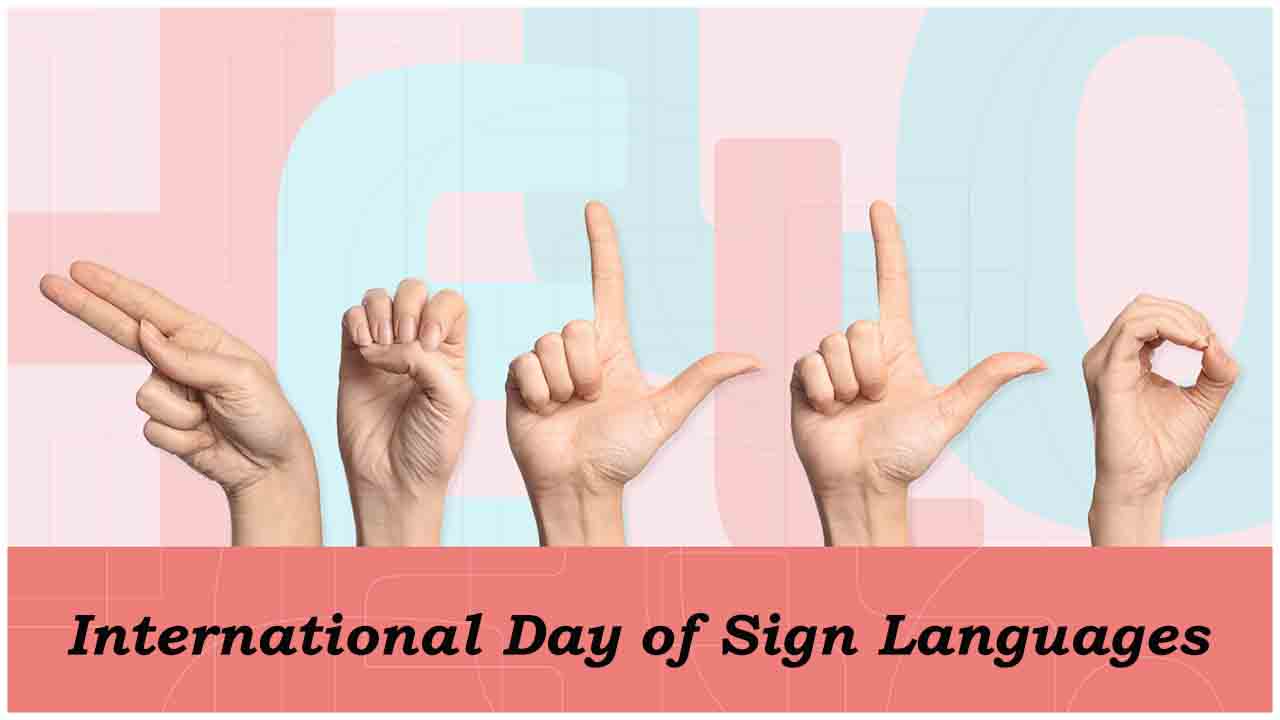
 The International Day of Sign Languages is a unique opportunity to support and protect the linguistic identity and cultural diversity of all deaf people and other sign language users.
The International Day of Sign Languages is a unique opportunity to support and protect the linguistic identity and cultural diversity of all deaf people and other sign language users. 














